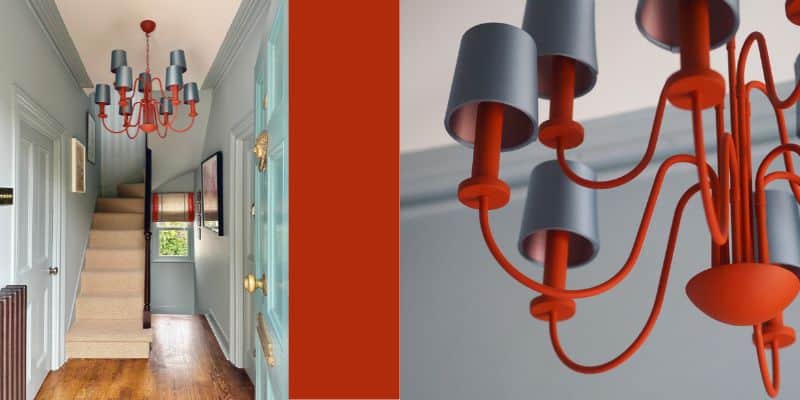Three ways to stand out in the design world

Karen Haller

These days there are thousands of designers in any industry, be it graphic design, interior design, product and textile design or styling. And with the internet, that means you are up against designers not just locally or even in your own country, but around the world.
So that can leave you wondering, how do you stand out in a global sea of designers?
This is one of the most common conversations I have with designers when they join my Advanced Colour & Design Mentoring Programme. It’s exactly around how do they differentiate themselves from other designers in their field.
And often times you might be thinking that you need to compete on price. But you don’t want to do that because that feels like you’re devaluing your years of knowledge and experience. It’s demoralising. I get it.
Or you might feel that you’ve been taking on projects and commissions that just aren’t aligned with your ethics and values because you have a business to run and you need to make money. But some of the work you are doing doesn’t align with the reason why you got into business in the first place.
If that’s you, here are three of my top tips that I share with everyone to help you stand out from the crowd.
Three ways to get noticed and get more clients
1. Have a specialism
This is the area of expertise you want to be known for and offer your target market.
What area of speciality do you have, or could you train up in that helps you differentiate yourself? For example, you might be an architect who specialises in biophilic design; a graphic designer who specialises in holistic design for brands, you could be a product designer or fashion designer who specialises in sustainability or an interior designer who specialises in applied colour & design psychology.
2. Define your target market and know what they want
The common understanding of a target market is typically a demographic.
For example, you’re an interior designer and your target market are professionals, aged 30 – 55 who have purchased their own home. We need to understand our target market otherwise all we’ll end up doing is trying to market to the masses. The reason is and you’ve probably heard the phrase, if you try to appeal to everyone, you’ll appeal to no one. So defining your target market is essential for successful marketing.
The other reason we define our target market is so that we can really get into the detail of what they want. So if you’re the interior designer in the example above, then they will likely be someone who isn’t interested in fleeting trends or fads. They’ll want a bespoke home that reflects their authentic personality and how they want to think, feel and behave in the space.
When we define our target market, we can then understand what they want and speak to that when we are promoting our business.
3. Learn skills that help you stand out
In an ever-evolving industry, continuously honing your skills is crucial.
As a designer this could look like learning the latest cutting-edge software, mastering an artistic technique, or broadening your understanding through studies in the field of psychology, lighting and materials.
The more tools we have in our toolbox, it makes us more valuable as we are more likely to be able to solve challenges in innovative and creative ways.
Unique skills elevate you from being just another designer
Clients are looking for designers who have something special, who are keeping up with the latest design methodologies, frameworks and processes. They want to know that they are going to get something from you that’s not ‘run of the mill’ or something they could get off the internet or from a magazine.
Valuable in demand skills right now are those focused on sustainability, biophilic design and colour and design psychology.
Being able to say you have a distinctive skill set can elevate you into a highly sought-after professional in the eyes of clients and peers alike.
Want to discover a skill that will help you stand out from the crowd?
Applied colour and design psychology is still a rare skill in the design world. If you want to learn this skill and add it to your designer toolbox so that you can stand out in a sea of designers, then book in for my Designer Business Growth call and let’s see how this skill can support you in your business.
Colourfully yours,
Karen


